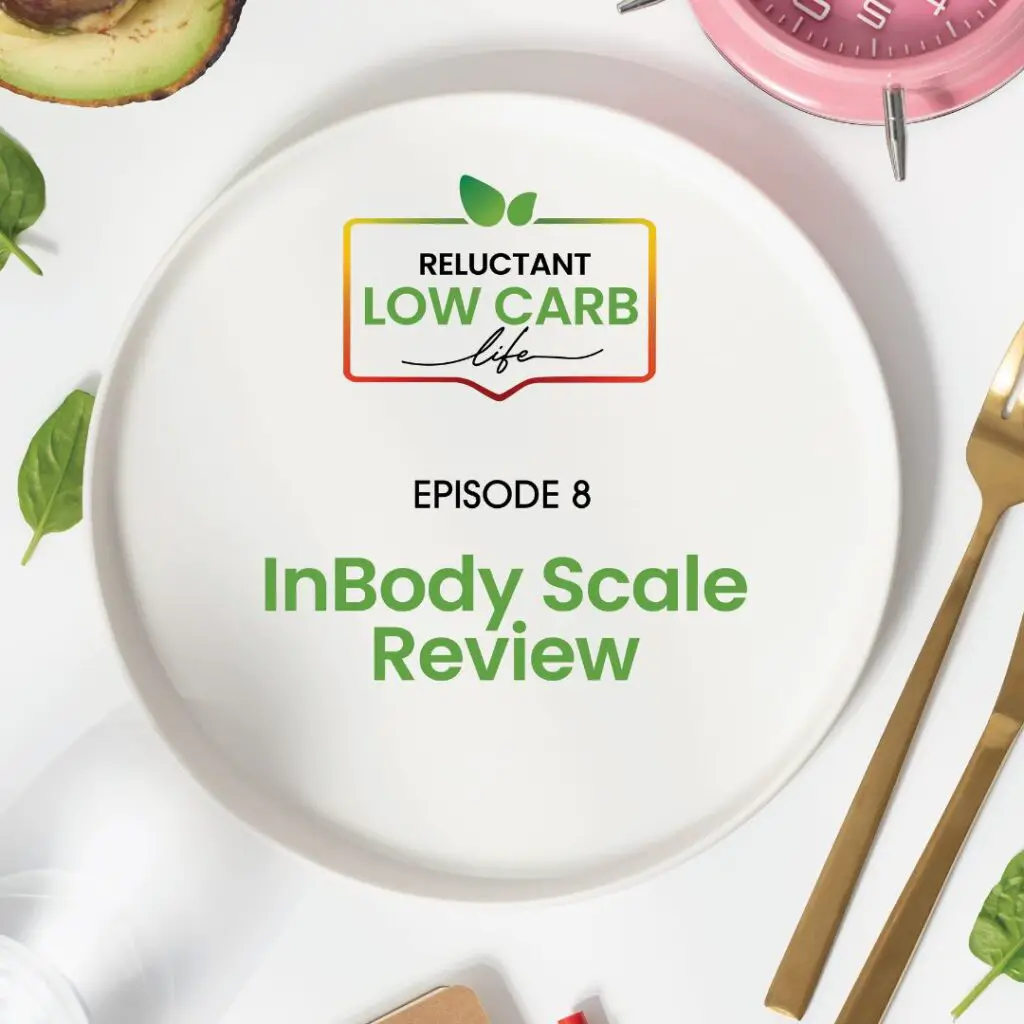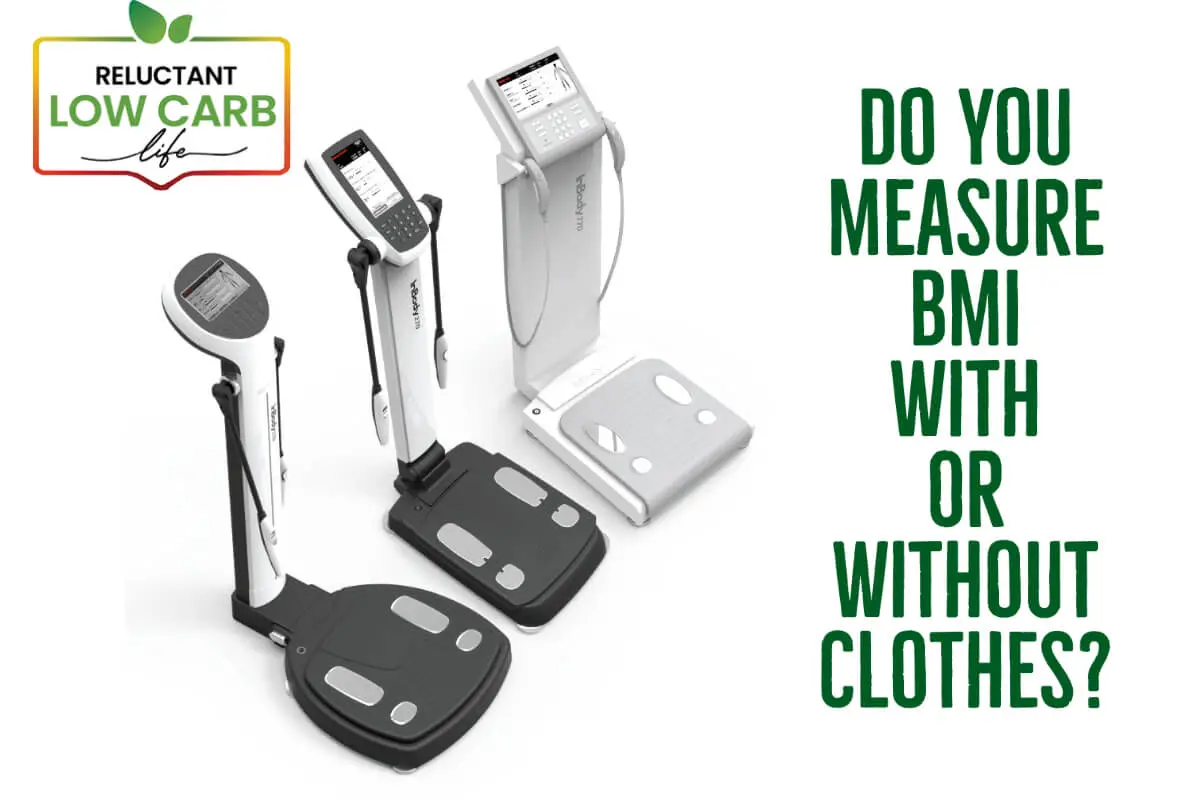When most people go to their annual check-ups with the doctor, one of the essential things the doctor will do is to check their BMI. The BMI is the body mass index, a standard health indicator.
Most people get their BMI checked at the doctor’s office; the doctor will check their BMI with their clothes on. Most doctors will consider you wearing clothes and subtract that from your weight. If you are doing your BMI yourself at home, you can do it without clothes. The in-body scale is a high-tech scale that will not only tell you your body fat, BMI, and weight but also give you a lot of other health indicators.
Table of Contents
- Measuring BMI With Or Without Clothes
- InBody Scale Review
- Frequently Asked Questions
- Related Question
Measuring BMI With Or Without Clothes
Whether you measure your BMI without clothes depends on where you measure it. If you are at your doctor’s office, most of us would calculate our BMI with our clothes on.
Most doctors will consider your weight and subtract a few pounds for your clothes. Usually, they may subtract about 2 pounds in the summertime, and in the winter, when most people have on heavier clothes, 3 pounds.
For most people, unless you are borderline between obesity or not being obese, having clothes on or off does not make much difference for the BMI calculations. In other words, your BMI will not differ much between whether or not you weigh yourself with your clothes on or off.
If you are at home and weighing yourself, you can also decide whether to calculate your BMI with your clothes on or off. I like to weigh myself with my clothes off. But this can be totally up to you as to what you decide to do.
InBody Scale Review
A scale that we love is a scale that is called InBody. If you cannot find the InBody scale, try to find one similar to what the InBody scale does.
Today some doctor’s offices, gyms, or nutritional weight loss counselors use the InBody scale to measure weight.

Listen To Our Podcast About InBody Scale Review by clicking here.
Here are some of the reasons why they will use a scale as the InBody scale instead of just a regular scale and checking your BMI:
Full Body Analysis
If your doctor or health professional has an InBody scale or a scale similar to the InBody scale, you do not need to worry if you have your clothes on or off. The scale will consider that and tell your weight, BMI, and other measurements.
The great thing about an InBody scale is that it is accurate and can tell you what is happening in your body or areas you need to improve.
A scale like the InBody scale does not just look at your weight but also other things like your body fat and lean body mass, dry lean mass, and total body water. Here are a few reasons why this important:
- Total Body Water – The total body water is your intracellular and extracellular water. Intracellular is the water in the cells, and extracellular is the water outside the cells. Your water should be about 45 to 60% of your body weight for adult women or 50 to 65% for men.
- Total Body Fat – The scale will tell you your fat composition. It divides it into dry lean mass and body fat mass.
- Dry Lean Mass – The Dry Lean Mass of the body mass minus the water and fat mass. This is your weight of mainly proteins and minerals.
- Body Mass Fat – Body Mass Fat is the number of pounds of fat when subtracting lean body mass from the total body weight. In other words, fat is found under the skin and between the muscles.
- Dry Lean Mass – The Dry Lean Mass of the body mass minus the water and fat mass. This is your weight of mainly proteins and minerals.
- Muscle-Fat Analysis – For the Muscle-Fat Analysis, it will then tell your weight, Skeletal Muscle Mass, or the number of muscles you have in your body, and then finally, your body mass index.
- Obesity Analysis – In the obesity index, the scale will tell you your BMI or Body Mass Index plus percent of body fat.
- Segmental Lean Analysis – The segmental lean analysis will tell you the weight between your right arm, left arm, trunk, right leg, and left leg. It can tell if one arm or leg is significantly stronger than the other.
- EWC/TBW – The EWC represents the Extracellular Water ratio to Total Body Water. Your ECW/TBW ratio should be about 0.36 to 0.39 to be considered healthy.
- Body Composition History – This scale can keep your body composition so you can see your progress.
- Body Fat – Lean Body Mass Control – This essentially helps to indicate for you the amount of weight you need to lose or should be losing or, if required, gaining.
- Segmental Fat Analysis – The Segmental Fat Analysis helps divide weight from the right arm, left arm, trunk, right leg, and left leg.
- Basal Metabolic Rate – The Basal Metabolic Rate, also BMR, will tell you the number of calories your body will burn by doing life-sustaining or daily functions. In other words, it is the number of calories you would burn if you decided to stay in bed all day.
- Visceral Fat Levels – Visceral Fat is the fat surrounding your major organs. This is an important indicator as it can lead to certain health diseases. An optimum visceral fat level should be under 10.
As you can see, with a scale like this InBody scale, it does not matter whether or not you weigh yourself with your clothes on or off as the scale gives you so much data on the BMI and many other indicators we can help you with your health.
Suppose you can go to a healthcare professional, a gym, or a nutritionist. In that case, that has an InBody scale; take the opportunity to get on it to see what is happening inside your body and specific areas you need to improve. We highly recommend the InBody scale.
If you cannot find the InBody scale health professional or want to have one at home, the InBody scale does have many different scales. We recommend any of their products, which have been an excellent way to stay on top of your fitness goals.
You can learn more about the InBody scale by clicking here on our Recommended Stuff page.
Reluctant Low Carb Life explores all aspects of keto and low-carb lifestyle, fitness, health, wellness, and aging gracefully. At the Reluctant Low Carb Life, we strive to give honest and accurate information to people trying to live the low-carb and keto lifestyle while improving their fitness and health.
We have a free monthly newsletter that is filled with information and helps you remain updated. Subscribe to the Reluctant Low Carb Life newsletter by clicking here.
Listen to our weekly podcast, Reluctant Low Carb Life, on all the major podcast platforms by clicking here.
Follow us on Instagram and Facebook by clicking here.
Frequently Asked Questions
What is BMI?
BMI stands for Body Mass Index. It is a numerical value that is calculated based on a person’s height and weight, used to assess whether they are underweight, normal weight, overweight, or obese.
How is BMI calculated?
BMI is calculated by dividing a person’s weight in kilograms by the square of their height in meters. The formula is BMI = weight (kg) / (height (m))^2.
Why is BMI used as a measure of body weight?
BMI is commonly used as a screening tool to identify individuals who may be at risk for weight-related health issues. It provides a quick and easy way to assess a person’s weight relative to their height.
What are the different BMI categories?
The World Health Organization (WHO) defines the following BMI categories: underweight (BMI less than 18.5), normal weight (BMI 18.5-24.9), overweight (BMI 25-29.9), and obese (BMI 30 or higher).
Is BMI an accurate indicator of overall health?
While BMI is useful for population-level assessments, it has limitations when it comes to individual health. It doesn’t take into account factors such as muscle mass, bone density, and distribution of body fat, which can vary between individuals.
Can BMI be calculated at home?
Yes, BMI can be calculated at home using the formula mentioned earlier. There are also online calculators and mobile apps available that can help determine your BMI.
Should I wear clothes when calculating my BMI?
If you are getting your BMI checked at the doctor’s office, it is typically done with clothes on. However, if you are calculating it at home, you can do it without clothes for a more accurate measurement.
What is an in-body scale?
An in-body scale is a type of high-tech scale that provides various health indicators in addition to weight. It uses bioelectrical impedance analysis (BIA) to estimate body fat percentage, muscle mass, water content, and other measurements.
Related Question
Heart Rate And Walking, All You Need To Know
When walking or exercising, the critical thing to understand is your target heart rate zone and your average maximum heart rate zone for your age group. By checking your heart rate, you will see how efficiently your heart is working compared to others in your same age group and category.
You can read more about Heart Rate And Walking, All You Need To Know by clicking here.
The Keto Diet Explained In 3 Minutes
The Keto Diet is a low-carb, high-fat diet. On a Keto Diet, you will burn fat instead of muscles. A Keto diet helps you to be able to regulate your insulin and sugars. Those people who follow a keto diet find that there are many benefits to being in ketosis.
You can read more about The Keto Diet Explained In 3 Minutes by clicking here.








